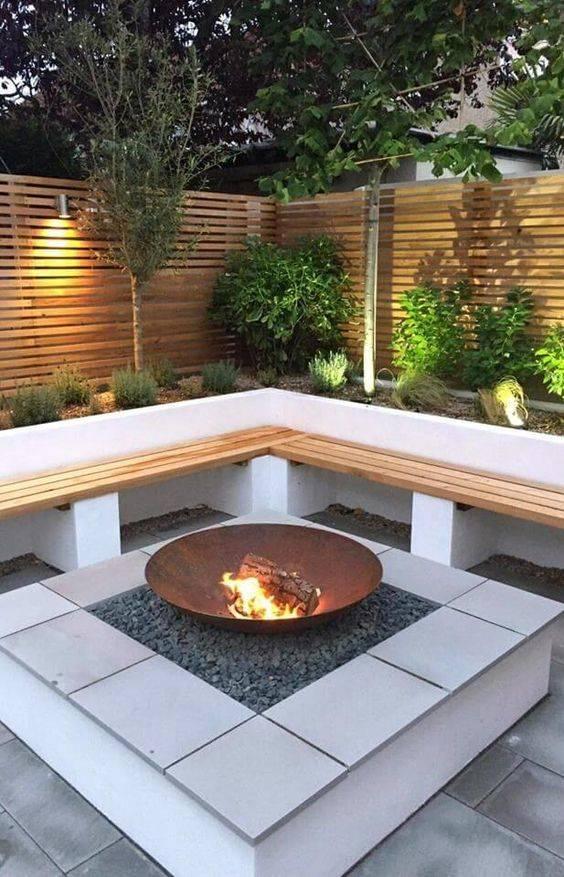The roof of a home is an important part of protecting the inside from weather and other outdoor elements. Everyone needs to know these six facts about roof maintenance so that they can be sure their home is properly being taken care of.
Rotted Roofs
A rotting roof is a serious problem that should be fixed as soon as possible. If left untreated, a rotting roof can lead to more extensive damage to your home, including the structure of the house itself. In some cases, a rotting roof can even collapse, which can put your family at risk.
There are several signs that you have a rotting roof:
Sagging: Another sign of a potential problem is if you see sagging in your ceiling or walls. This could be caused by water damage from a leaky roof.
Mold or mildew: Mold and mildew growth is another indication that there is water damage somewhere in your home. If you see mold or mildew, it’s important to have the problem inspected and repaired as soon as possible.
Visible damage: Of course, if you can see damage to your roof, it’s likely that there is more damage that you can’t see. Any time you see missing shingles or other visible damage, it’s important to call a professional for an inspection.
If you suspect that you have a problem with your roof, the best course of action is to call a professional for an inspection.
Roofer Inspections
A roofer inspection is important for several reasons. First, a roofer can identify potential problems with your roof that could lead to leaks or other damage. Second, a roofer can recommend preventive measures to help avoid future problems. Finally, a roofer can provide an estimate of the expected lifespan of your roof and suggest replacement options if necessary.
Leaks
Water leaks are one of the most common problems that homeowners face with their roofs. While a small leak may not seem like a big deal, it can quickly turn into a much larger problem if left unaddressed. If you suspect that your roof has a leak, it’s important to have it repaired as soon as possible to avoid any further damage.
Leaks can occur for a variety of reasons, but the most common cause is weather-related damage. High winds can loosen or dislodge shingles, allowing water to seep through and penetrate the roofing material. Severe storms can also cause tree limbs or other debris to fall onto your roof and puncture holes through which water can enter.
In some cases, leaks may be due to faulty installation or poor-quality materials. If your roof was not properly installed or if it contains substandard materials, it may be more prone to leaking.
Standing Water
One of the most important things to know about roof maintenance is that you should never allow standing water to accumulate on your roof. This can lead to a number of problems, including:
- The formation of ice dams, can damage your roof and cause water to back up into your home
- The growth of mold and mildew can cause health problems for you and your family
- The deterioration of your roofing materials can shorten the life of your roof
If you have standing water on your roof, it’s important to take action immediately. You can remove the water yourself with a garden hose or by using a wet/dry vacuum. If the problem is more severe, you may need to hire a professional to come and take care of it.
Storm Damage
Your roof is one of your home’s most important lines of defense against the elements, and severe weather can take a toll. Heavy rains can cause leaks, high winds can damage shingles or even tear off an entire section of roofing, and flying debris from severe storms can break windows or penetrate the roof itself.
If your home sustains storm damage, it’s important to have a professional roofing contractor assess the damage and make repairs as soon as possible. A damaged roof can lead to further problems like water damage inside your home, so it’s best not to delay in getting repairs done.
Repairs
It’s important to have your roof inspected regularly by a professional, at least once a year. This will help you identify any potential problems early on before they become major issues. If you live in an area with severe weather conditions, you may need to have your roof inspected more often.
The cost of a roof repair will vary depending on the extent of the damage and the type of roof you have. Do research online with tripleroofing.com to see the different roof types and repairs that may be applicable to you. Minor repairs, such as fixing a few broken shingles, will be less expensive than major repairs, such as replacing an entire section of your roof. The best way to get an accurate estimate for the cost of your roof repair is to contact a professional roofing contractor.
If your roof has sustained significant damage, it may need to be replaced entirely. When deciding whether or not to replace your roof, you’ll want to consider the age of your roof and the cost of repairs. If your roof is over 20 years old, it may be time to start thinking about replacement. It’s also important to keep in mind that replacing your entire roof will be much more expensive than making repairs.
It’s important to keep your roof in good shape not only for aesthetic reasons but also for the sake of your home’s overall structural integrity. With a little bit of care and attention, you can prolong the life of your roof and avoid costly repairs down the line. Keep these six things in mind when it comes to roof maintenance and you’ll be on your way to a healthy, long-lasting roof.











